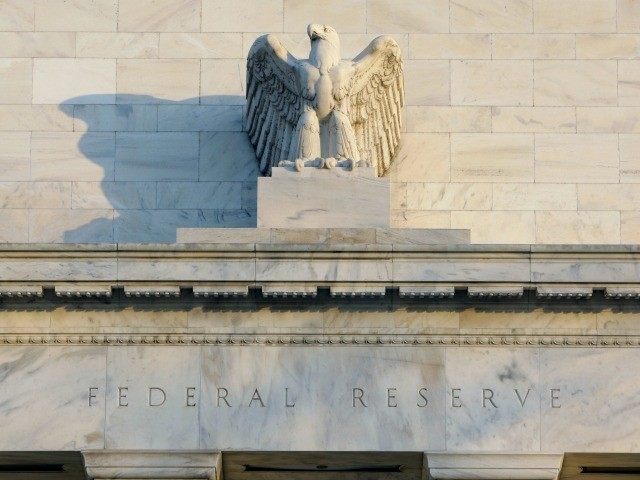Since 2008, the Federal Reserve has kept the federal funds rate—the banks’ overnight borrowing rate—near zero. Now more confident about prospects for growth and inflation, policymakers are preparing to raise those short-term rates—perhaps at the conclusion of their two day meeting on Thursday or later this year.
Higher borrowing costs for banks can cause mortgage rates to jump, jobs to become scarcer and stocks to tumble—but not always.
Here are five things you need to know.
- Mortgage Rates Are Not Likely to Rise Much
The impact of Fed tightening importantly depends on whether increasing the federal funds rate pushes up the 10-year Treasury rate, because rates on mortgage, corporate and municipal bonds follow that rate up and down.
When Ben Bernanke pushed up short rates in 2004-2005, those long rates hardly budged, because the Chinese government was purchasing Treasuries at a maddening pace to keep the yuan cheap against the dollar.
Nowadays, Beijing is selling Treasuries but private investors in Asia, doubting prospects for the world’s second largest economy, are rushing into U.S. securities and other assets.
Since the Chinese stock market began its collapse in June, the 10-year Treasury rate has fallen from 2.50 to 2.2 percent—despite statements from many Fed officials about raising rates soon.
- Bank fees and car loans will get more expensive
New banking regulations designed to prevent a repeat of the 2008 financial meltdown have pushed up banks’ costs for providing ordinary retail services. Higher short-term borrowing rates for banks will make things worse and look for banks to further boost fees on checking accounts and other services, and charge higher rates for short-term credit—credit cards, car loans and home improvements.
The good news is banks may start competing more for your money and pay higher rates on 1 to 5-year CDs.
- Unemployment Won’t Be Much Affected
A stronger dollar and lower oil prices are causing stress in many manufacturing industries and the oil patch, but overall, the jobs market continues to improve. Health care and technology are important drivers.
Finding a job remains toughest for the long-term unemployed whose skills atrophied during the Great Recession and slow recovery, and for whom government benefits—expanded Medicaid and food stamps for healthy men—have often overwhelmed incentives to reskill.
If six years of rock bottom interest rates didn’t get idle men off their couches, a few more won’t help much.
- Economic Growth and Inflation Will Pick Up
Household balance sheets are in their best shape since the recovery began and lower gasoline prices will continue to boost retail sales. Those factors should overwhelm the consequences of marginally higher short-term interest rates and power the economy ahead.
Overall, if Beijing can mount an adequate stimulus program to stabilize its economy, the global economy won’t sink America’s boat and job gains will continue.
Once gasoline prices have bottomed, overall inflation will rise to about 2 percent.
- Stock Prices Will Continue Strong
Problems in China and shifts in the broader global economy have rocked equity prices recently, and the initial Fed interest rate increase will add to turbulence. However, after a few days, removing uncertainty about when rates will to start to climb should actually help calm markets.
The economy has emerged from a tough recession and slow recovery, in which the Fed deemed ultra-low interest rates necessary but in the past decades, the stock market has moved upward solidly with short rates in the range of 3 or 4 percent. Barring a meltdown in China, that should happen again.
With a strengthening economy, if you are planning a new car or home improvement, do it now, and if you are an investor on the sidelines, gradually start buying in.
America is not going out of business—it doesn’t need free money to thrive.
Peter Morici is an economist and business professor at the University of Maryland, and a national columnist. He tweets @pmorici1.

COMMENTS
Please let us know if you're having issues with commenting.